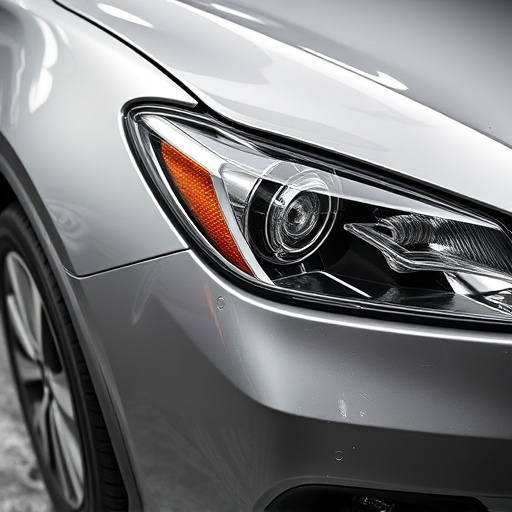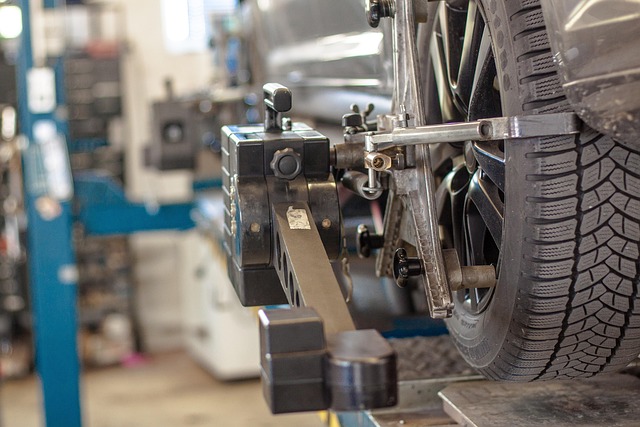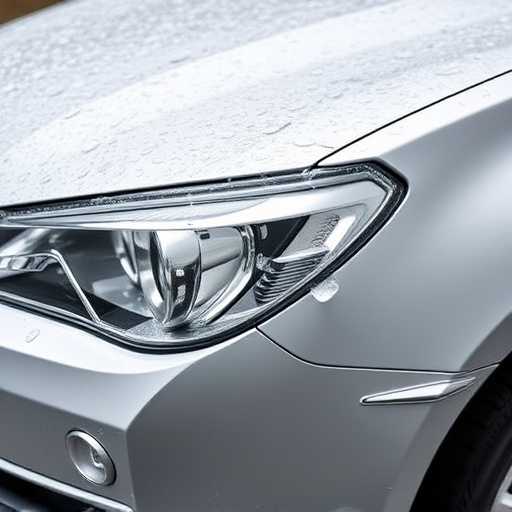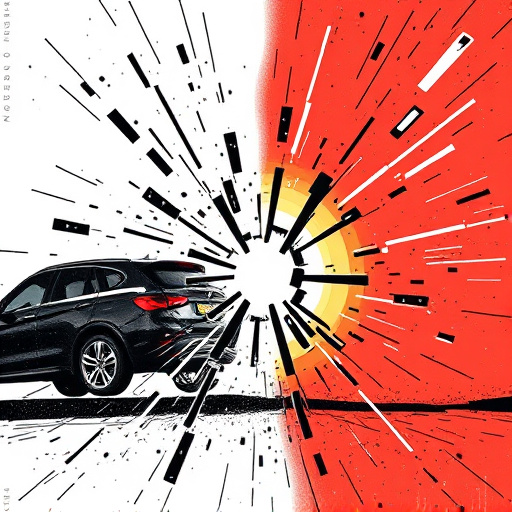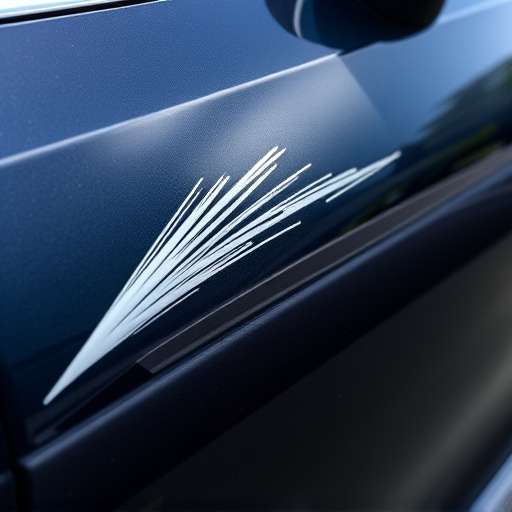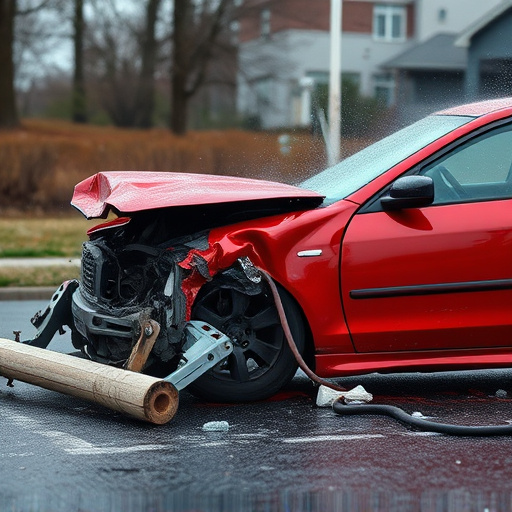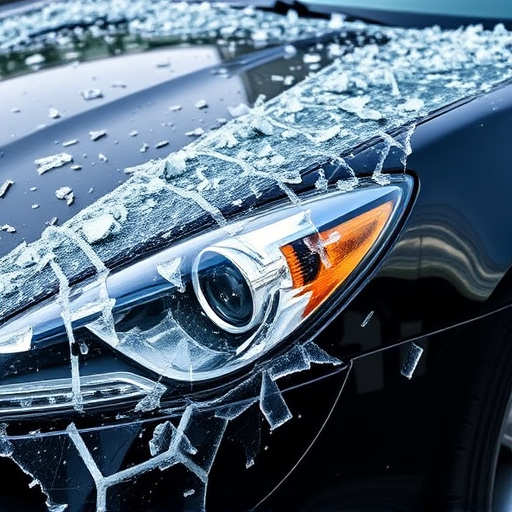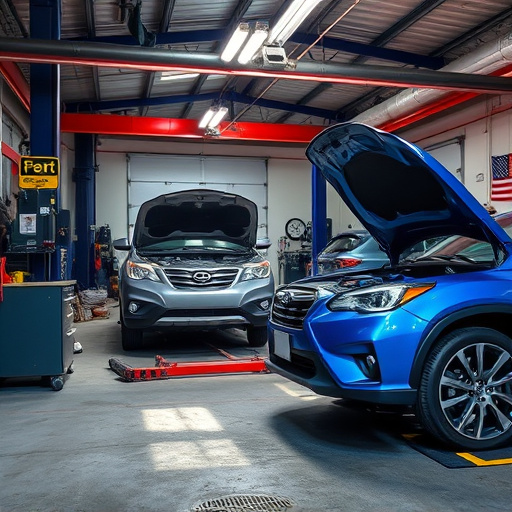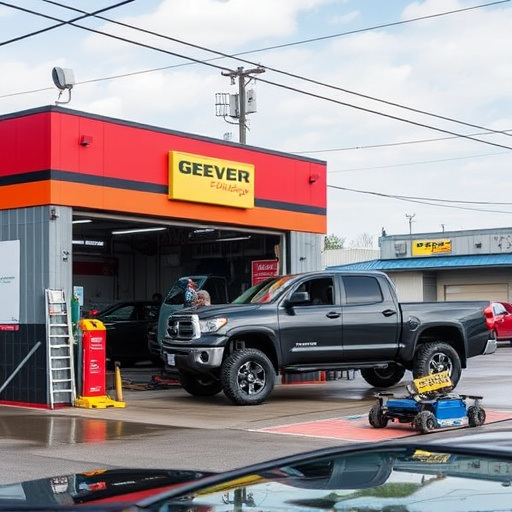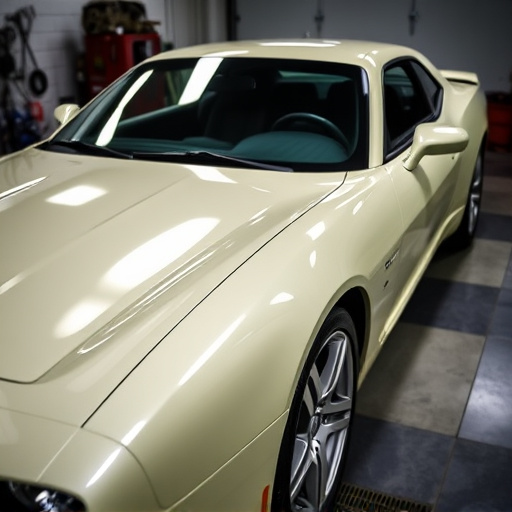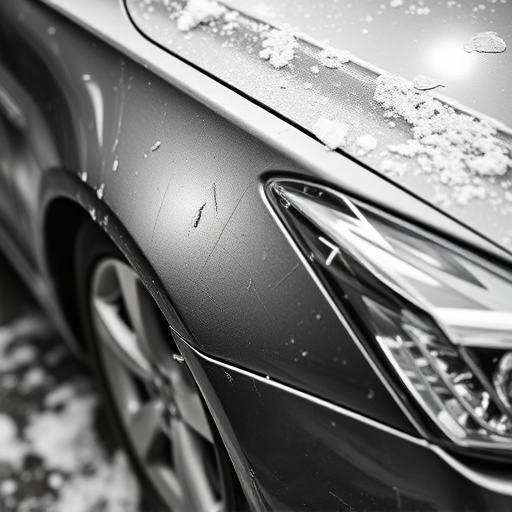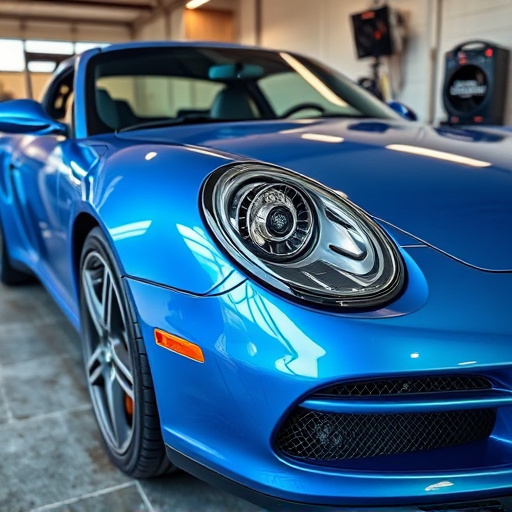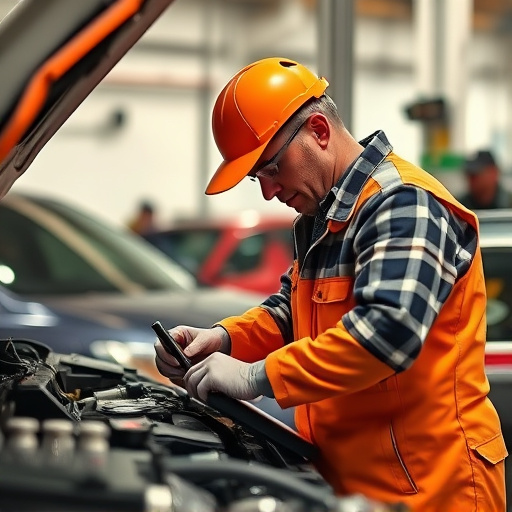Weather and lighting conditions critically affect blending panel quality in collision repair, especially intricate processes like Mercedes Benz restoration. Clear skies and dry surfaces are ideal. Extreme weather poses challenges, requiring prepared auto collision centers to manage both physical damage and blending complexities for seamless vehicle restoration. Lighting angles impact imperfection visibility and blend effectiveness, crucial for achieving flawless finishes that preserve classic or vintage aesthetics.
Weather and lighting conditions play a significant role in the success of panel blending, an essential technique in construction and design. This article explores how varying environmental factors impact the visibility, alignment, and overall seamlessness of blended panels. From the effect of sunlight angles on visual appeal to the challenges posed by extreme weather events, understanding these influences is crucial for achieving collision-free, aesthetically pleasing results in any project involving panel blending.
- Weather Conditions: Impact on Panel Visibility and Alignment
- Lighting Angles: Enhancing or Distorting Blending Techniques
- Extreme Events: Challenges in Achieving Seamless Panels
Weather Conditions: Impact on Panel Visibility and Alignment
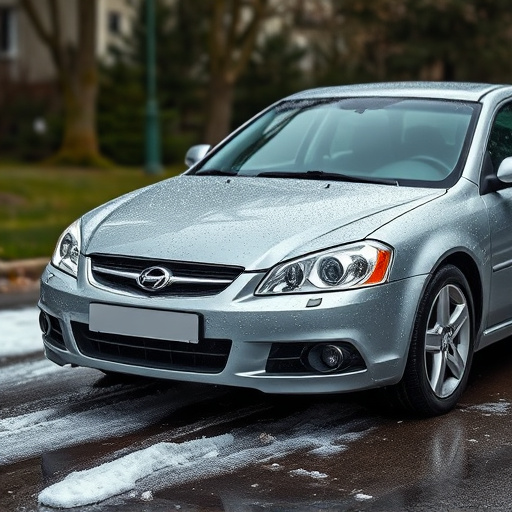
Weather conditions play a significant role in the visibility and alignment of panels during collision repair or car body restoration, especially when blending panels together. On gloomy days, reduced sunlight can make it harder to accurately assess panel gaps and seams, potentially leading to less precise blending. This is particularly problematic for intricate vehicle repair services where meticulous attention to detail is required, such as in the case of Mercedes Benz repair.
Moreover, adverse weather like heavy rain or snow can affect the surface preparation process, making it challenging to achieve a smooth base for painting and blending. Moisture on the panel surfaces may disrupt the adhesion of primer and paint, resulting in less than optimal blending results. Therefore, weather conditions should be considered when planning panel blending, with ideal clear skies and dry surfaces offering the best conditions for achieving seamless blends.
Lighting Angles: Enhancing or Distorting Blending Techniques
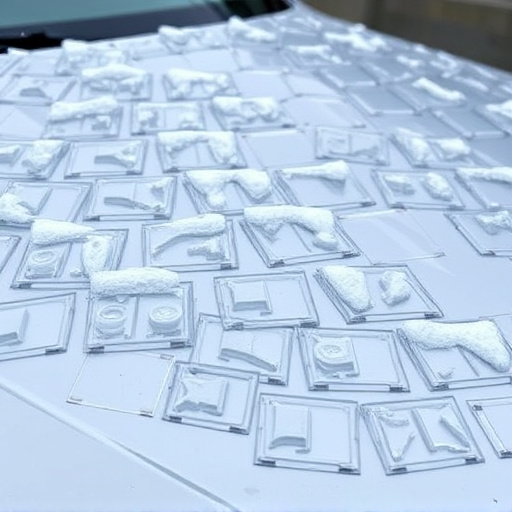
Lighting angles play a pivotal role in how effectively blending panels—a critical step in processes like car restoration and scratch repair—are executed. In classic car restoration, where precision is paramount, lighting is not merely a secondary consideration but a defining factor. The angle at which light hits the joined panel collision zones can dramatically alter the visual appeal and smoothness of the final blend. Direct illumination often highlights imperfections, while diffuse lighting helps to mask them, offering a truer representation of the seamless fusion of panels.
For instance, in car restoration projects, strategically positioned lights can highlight the subtle contours and transitions between blended panels, allowing restorers to make fine adjustments. Conversely, soft, indirect lighting can reduce glare, making it easier to assess the blend’s quality. Understanding how light interacts with surfaces is thus instrumental in mastering blending techniques, ensuring that the restored vehicle presents a flawless finish that does justice to its classic or vintage aesthetics.
Extreme Events: Challenges in Achieving Seamless Panels
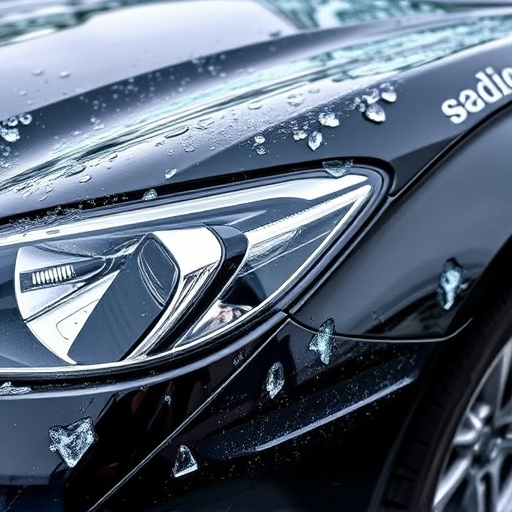
In extreme weather conditions, achieving seamless blending during panel repairs becomes a significant challenge. High winds and intense rain can cause debris to strike vehicles, resulting in complex collisions that demand precise bodywork expertise. These extreme events often leave intricate damage patterns, including bent panels, crumpled metal, and even hidden structural issues that require careful assessment.
When severe weather coincides with heavy lightning, it introduces another layer of complexity. Lightning strikes can produce intense heat and powerful electromagnetic forces, potentially warping metal components and creating unique challenges for auto body repairs. Auto collision centers must be prepared to handle these unexpected events, ensuring their teams are equipped to manage both the physical damage from extreme weather and the intricate blending required to restore vehicles to their pre-incident condition, including seamless car bodywork repairs.
Understanding how weather, lighting, and extreme events influence panel visibility, alignment, and blending techniques is crucial for achieving seamless, aesthetically pleasing results. By considering these factors, professionals can optimize their processes, ensuring that outdoor structures, such as solar panels or facades, integrate harmoniously into various environments. This approach not only enhances the overall appearance but also reinforces the durability of these installations against unpredictable weather and lighting conditions.
